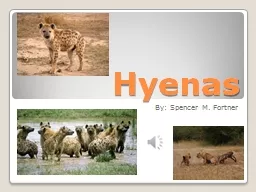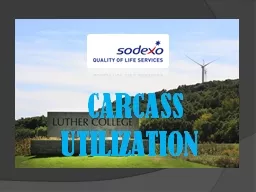PPT-Competition Photo of hyenas and lioness at a carcass from
Author : marina-yarberry | Published Date : 2019-11-05
Competition Photo of hyenas and lioness at a carcass from https wwwflickrcomphotosdavidbygott4046054583 A B Competition Influence of species A Influence of Species
Presentation Embed Code
Download Presentation
Download Presentation The PPT/PDF document "Competition Photo of hyenas and lioness..." is the property of its rightful owner. Permission is granted to download and print the materials on this website for personal, non-commercial use only, and to display it on your personal computer provided you do not modify the materials and that you retain all copyright notices contained in the materials. By downloading content from our website, you accept the terms of this agreement.
Competition Photo of hyenas and lioness at a carcass from: Transcript
Download Rules Of Document
"Competition Photo of hyenas and lioness at a carcass from"The content belongs to its owner. You may download and print it for personal use, without modification, and keep all copyright notices. By downloading, you agree to these terms.
Related Documents

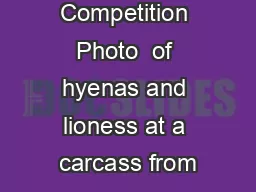
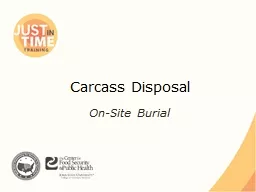
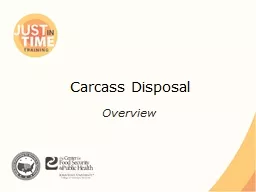
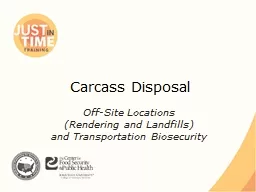

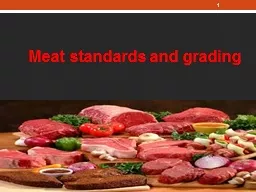
![[Teacher Name]](https://thumbs.docslides.com/278061/teacher-name.jpg)
